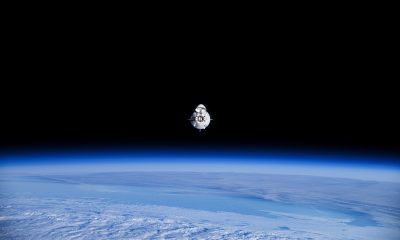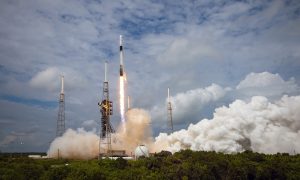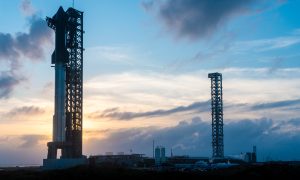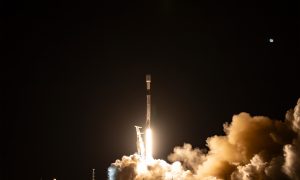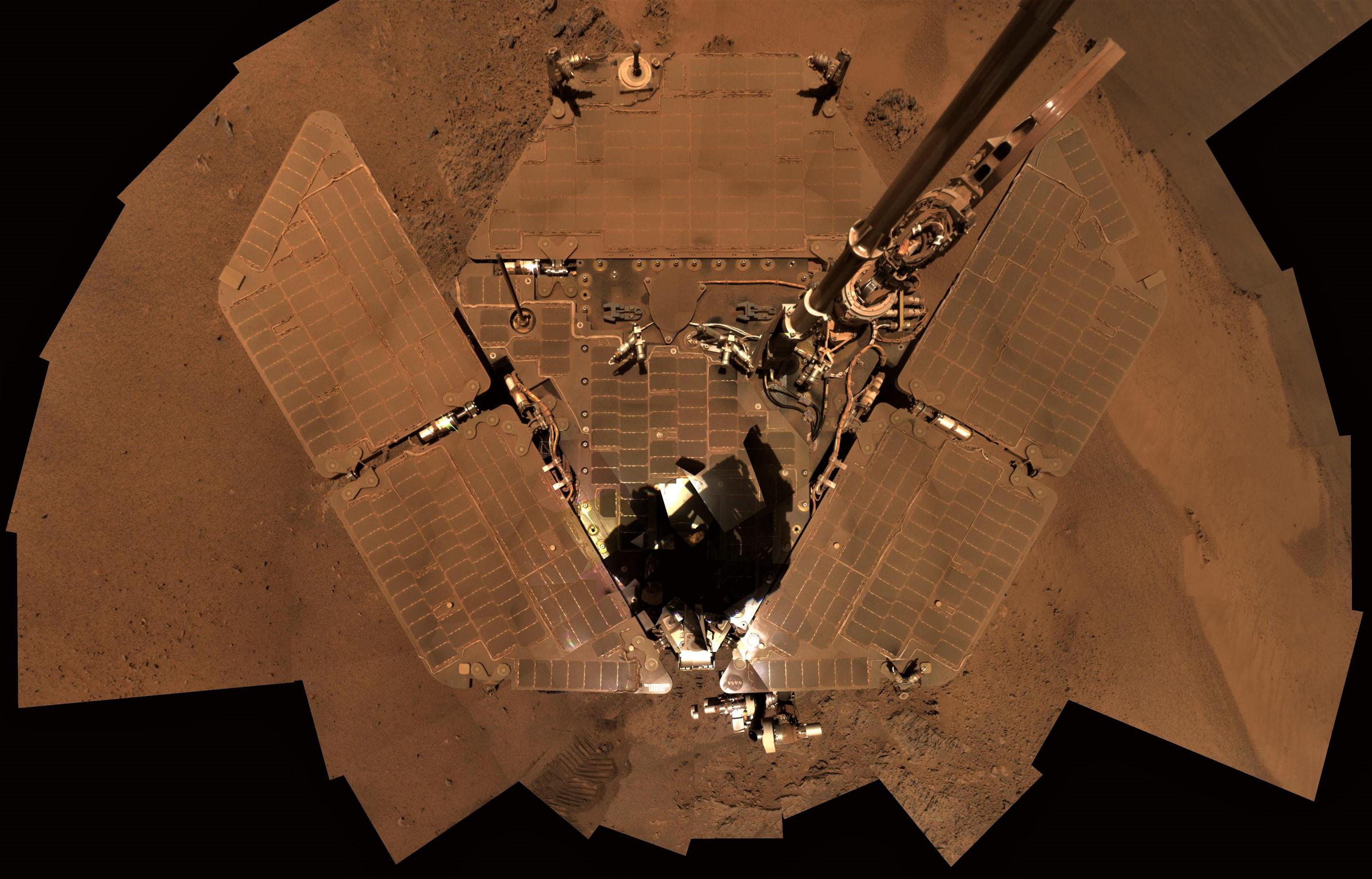

News
NASA may prematurely kill long-lived Mars rover with arbitrary wake-up deadline
In a decision with no obvious empirical explanation, JPL’s Opportunity Mars rover project manager John Callas was quoted in an August 30th press release saying that the NASA field center would be “forced to conclude” that the dust storm-stricken rover was effectively beyond saving if it fails to come back to life 45 days after 2018’s massive dust storm can be said to have officially ended.
Below the upbeat-sounding title of this press release is the scarier fact that after tau clears below 1.5, the rover has 45 days to wake up before NASA stops actively trying to revive it. Come on, #WakeUpOppy https://t.co/piCQLeaCEO
— Emily Lakdawalla (@elakdawalla) August 30, 2018
Over the course of that press release, Callas made a number of points that may technically hold at least a few grains of truth, but entirely fail to add up to any satisfactory explanation for the choices described therein. This is underscored in one critical and extended quote:
“If we do not hear back [from Opportunity] after 45 days, the team will be forced to conclude that the Sun-blocking dust and the Martian cold have conspired to cause some type of fault from which the rover will more than likely not recover. At that point, our active phase of reaching out to Opportunity will be at an end. However, in the unlikely chance that there is a large amount of dust sitting on the solar arrays that is blocking the Sun’s energy, we will continue passive listening efforts for several months.” – John Calwell, JPL
Scott Maxwell, a former JPL engineer who led drive planning for rovers Spirit and Opportunity, solidly explained the differences between active and passive recovery attempts:
Because it's a FAQ … "active listening" has two parts: (1) forcing Opportunity's radio, if she's listening, to a particular frequency (because it can drift), and (2) a command to talk to us. Pretty much guaranteed to work if she's awake with her radio on. https://t.co/iaHbHXFKqm
— 🇺🇦ScottMaxwell @marsroverdriver@deepspace.social (@marsroverdriver) August 31, 2018
The JPL press release offers exactly zero explanation for the “45-day” deadline, starting the moment that dust clears from Martian skies near Opportunity to a certain degree, likely to happen within the next few weeks. Nor does it explain why “active” recovery attempts would stop at that point, despite the fact that the PR happens to directly acknowledge the fact that the best time to attempt to actively restore contact Opportunity might be after Mars’ windy season is given a chance to blow accumulated dust off of the rover’s solar arrays.
In fact, while all points Callas/the press release makes may theoretically be valid, the experiences of the actual engineers that have been operating Opportunity and MER sister rover Spirit for nearly two decades suggest that his explanations are utterly shallow and fail even the most cursory comparison with real data.
Thanks largely to a number of comments collected by The Atlantic from past, present, and anonymous employees involved with Opportunity, it would seem that there is no truly empirical way to properly estimate the amount of dust that may or may not be on the rover’s solar arrays, no rational engineering-side explanation for the 45-day ultimatum, no clear excuse for how incredibly short that time-frame is, and essentially zero communication between whoever this decision originates from and the engineers tasked with operating and restoring communications with the forlorn, 15-year old rover.
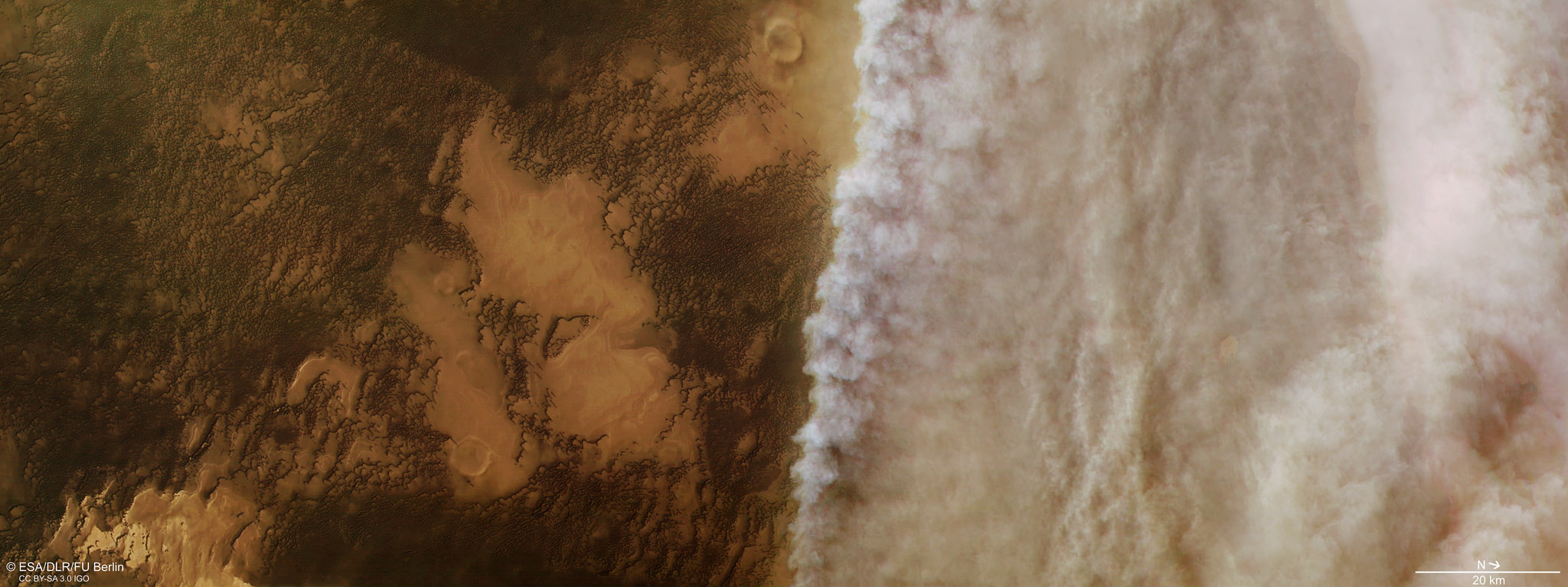
Most tellingly, this exact impromptu dust-storm-triggered hibernation already occurred several times in the past, and even resulted in the demise of Opportunity’s sister rover Spirit in 2010. The Atlantic notes that when a dust storm forced that rover into hibernation in 2010, JPL mission engineers spent a full ten months actively attempting to resuscitate Spirit, followed by another five months of passive listening before the rescue effort was called off.
Given that Opportunity’s engineers appear to believe that there is every reason to expect that the rover can, has, and should survive 2018’s exceptional Martian dust storm, the only plausible explanation for the arbitrary countdown and potentially premature silencing of one of just two active rovers on Mars is purely political and financial. While it requires VERY little money to operate scientific spacecraft when compared with manufacturing and launch costs, the several millions of dollars needed to fund operations engineers and technicians (roughly $15 million per year for Opportunity) could technically be funneled elsewhere or the employees in question could be redirected to newer programs.
For example, the ~$200 million spent operating the rover from 2004 to 2018 could instead fund considerably less than 20% of the original cost of building and launching both Opportunity and Spirit. This is to say that that cutting operation of functioning spacecraft to save money can be quite fairly compared with throwing an iPhone in the trash because the charging cable ripped because $10 could instead be put towards buying a new phone months or years down the line.
Ultimately, all we can do is hope that Opportunity manages to successfully wake up over the course of the next two or three months. If the rover is unable to do so, chances are sadly high that it will be lost forever once active communications restoration efforts come to an end. With an extraordinarily productive 15 years of exploration nearly under its belt, Opportunity – originally designed with an expected lifespan of ~90 days – would leave behind a legacy that would fail to disappoint even the most ardent cynic. Still, if life may yet remain in the rover, every effort ought to be made to keep the intrepid craft alive.
For prompt updates, on-the-ground perspectives, and unique glimpses of SpaceX’s rocket recovery fleet check out our brand new LaunchPad and LandingZone newsletters!
News
Tesla begins Robotaxi certification push in Arizona: report
Tesla seems serious about expanding its Robotaxi service to several states in the coming months.

Tesla has initiated discussions with Arizona transportation regulators to certify its driverless Robotaxi service in the state, as per a recent report from Bloomberg News. The move follows Tesla’s launch of its Robotaxi pilot program in Austin, Texas, as well as CEO Elon Musk’s recent comments about the service’s expansion in the Bay Area.
The Arizona Department of Transportation confirmed to Bloomberg that Tesla has reached out to begin the certification process for autonomous ride-sharing operations in the state. While details remain limited, the outreach suggests that Tesla is serious about expanding its driverless Robotaxi service to several territories in the coming months.
The Arizona development comes as Tesla prepares to expand its service area in Austin this weekend, as per CEO Elon Musk in a post on X. Musk also stated that Tesla is targeting the San Francisco Bay Area as its next major market, with a potential launch “in a month or two,” pending regulatory approvals.
Tesla first launched its autonomous ride-hailing program on June 22 in Austin with a small fleet of Model Y vehicles, accompanied by a Tesla employee in the passenger seat to monitor safety. While still classified as a test, Musk has said the program will expand to about 1,000 vehicles in the coming months. Tesla will later upgrade its Robotaxi fleet with the Cyercab, a two-seater that is designed without a steering wheel.
Sightings of Cybercab castings around the Giga Texas complex suggests that Tesla may be ramping the initial trial production of the self-driving two-seater. Tesla, for its part, has noted in the past that volume production of the Cybercab is expected to start sometime next year.
In California, Tesla has already applied for a transportation charter-party carrier permit from the state’s Public Utilities Commission. The company is reportedly taking a phased approach to operating in California, with the Robotaxi service starting with pre-arranged rides for employees in vehicles with safety drivers.
News
Tesla sets November 6 date for 2025 Annual Shareholder Meeting
The automaker announced the date on Thursday in a Form 8-K.

Tesla has scheduled its 2025 annual shareholder meeting for November 6, addressing investor concerns that the company was nearing a legal deadline to hold the event.
The automaker announced the date on Thursday in a Form 8-K submitted to the United States Securities and Exchange Commission (SEC). The company also listed a new proposal submission deadline of July 31 for items to be included in the proxy statement.
Tesla’s announcement followed calls from a group of 27 shareholders, including the leaders of large public pension funds, which urged Tesla’s board to formally set the meeting date, as noted in a report from The Wall Street Journal.
The group noted that under Texas law, where Tesla is now incorporated, companies must hold annual meetings within 13 months of the last one if requested by shareholders. Tesla’s previous annual shareholder meeting was held on June 13, 2024, which placed the July 13 deadline in focus.
Tesla originally stated in its 2024 annual report that it would file its proxy statement by the end of April. However, an amended filing on April 30 indicated that the Board of Directors had not yet finalized a meeting date, at least at the time.
The April filing also confirmed that Tesla’s board had formed a special committee to evaluate certain matters related to CEO Elon Musk’s compensation plan. Musk’s CEO performance award remains at the center of a lengthy legal dispute in Delaware, Tesla’s former state of incorporation.
Due to the aftermath of Musk’s legal dispute about his compensation plan in Delaware, he has not been paid for his work at Tesla for several years. Musk, for his part, has noted that he is more concerned about his voting stake in Tesla than his actual salary.
At last year’s annual meeting, TSLA shareholders voted to reapprove Elon Musk’s compensation plan and ratified Tesla’s decision to relocate its legal domicile from Delaware to Texas.
Elon Musk
Grok coming to Tesla vehicles next week “at the latest:” Elon Musk
Grok’s rollout to Tesla vehicles is expected to begin next week at the latest.

Elon Musk announced on Thursday that Grok, the large language model developed by his startup xAI, will soon be available in Tesla vehicles. Grok’s rollout to Tesla vehicles is expected to begin next week at the latest, further deepening the ties between the two Elon Musk-led companies.
Tesla–xAI synergy
Musk confirmed the news on X shortly after livestreaming the release of Grok 4, xAI’s latest large language model. “Grok is coming to Tesla vehicles very soon. Next week at the latest,” Musk wrote in a post on social media platform X.
During the livestream, Musk and several members of the xAI team highlighted several upgrades to Grok 4’s voice capabilities and performance metrics, positioning the LLM as competitive with top-tier models from OpenAI and Google.
The in-vehicle integration of Grok marks a new chapter in Tesla’s AI development. While Tesla has long relied on in-house systems for autonomous driving and energy optimization, Grok’s integration would introduce conversational AI directly into its vehicles’ user experience. This integration could potentially improve customer interaction inside Tesla vehicles.
xAI and Tesla’s collaborative footprint
Grok’s upcoming rollout to Tesla vehicles adds to a growing business relationship between Tesla and xAI. Earlier this year, Tesla disclosed that it generated $198.3 million in revenue from commercial, consulting, and support agreements with xAI, as noted in a report from Bloomberg News. A large portion of that amount, however, came from the sale of Megapack energy storage systems to the artificial intelligence startup.
In July 2023, Musk polled X users about whether Tesla should invest $5 billion in xAI. While no formal investment has been made so far, 68% of poll participants voted yes, and Musk has since stated that the idea would be discussed with Tesla’s board.
-

 Elon Musk1 week ago
Elon Musk1 week agoTesla investors will be shocked by Jim Cramer’s latest assessment
-

 Elon Musk20 hours ago
Elon Musk20 hours agoxAI launches Grok 4 with new $300/month SuperGrok Heavy subscription
-

 Elon Musk3 days ago
Elon Musk3 days agoElon Musk confirms Grok 4 launch on July 9 with livestream event
-

 News7 days ago
News7 days agoTesla Model 3 ranks as the safest new car in Europe for 2025, per Euro NCAP tests
-

 Elon Musk2 weeks ago
Elon Musk2 weeks agoA Tesla just delivered itself to a customer autonomously, Elon Musk confirms
-

 Elon Musk1 week ago
Elon Musk1 week agoxAI’s Memphis data center receives air permit despite community criticism
-

 Elon Musk2 weeks ago
Elon Musk2 weeks agoTesla’s Omead Afshar, known as Elon Musk’s right-hand man, leaves company: reports
-

 News2 weeks ago
News2 weeks agoXiaomi CEO congratulates Tesla on first FSD delivery: “We have to continue learning!”




